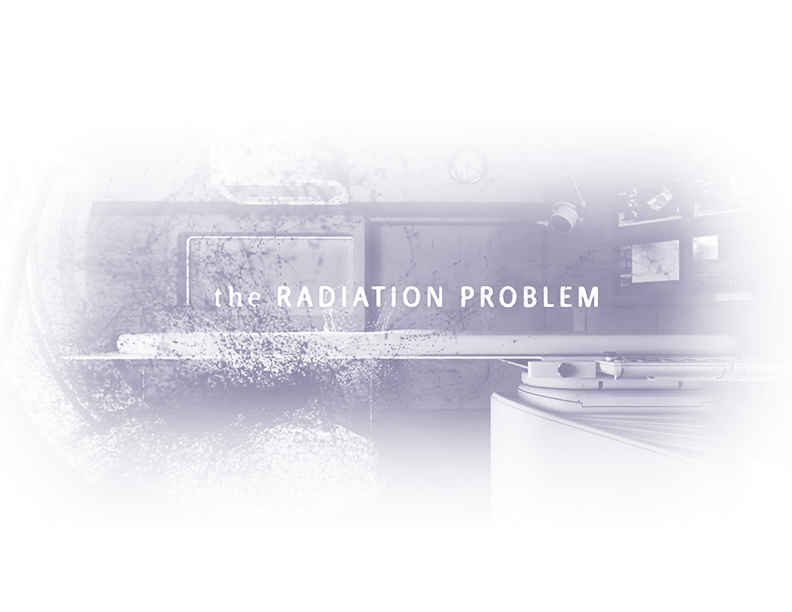You may not know that Interventional teams have some of the highest radiation exposure out of all other professions. Every year, excess scatter radiation compounds and can lead to serious health consequences such as cancer, cataracts and cardiovascular disorders. The 3C’s of scatter radiation may take years to manifest, but published data shows that there are early indicators of excess scatter radiation exposure that cath lab staff should be aware of.
Three Early Indicators of Excess Scatter Radiation
1. Loss of hair on the legs and arms
Many cath lab workers experience the loss of hair on their legs and arms, especially on their legs. This may seem like a trivial side effect, or even a convenient one if you shave your legs or are a cyclist, and hence many cath lab workers are not concerned about it and do not take it seriously. However, it may also be an indicator that you are being exposed to excess scatter radiation either below or above the cath lab table. 70% of scatter radiation comes from below the cath lab table, which is why cath lab workers experience loss of hair on their legs more often than their arms.
2. Skin lesions
These skin lesions may be either benign or malignant. Excess scatter radiation affects the body on a cellular level, and as the first barrier between the body and the radiation, this often manifests first on the skin. This is especially the case as the skin is often unprotected in the cath lab, especially on the face.
3. Radiation retinopathy
First described in 1933 by Stallard, radiation retinopathy is a complication that occurs as a result of exposure to any source of radiation and results in a variety of retina-related complications. Radiation retinopathy can appear clinically as microaneurysms and lead to detached retina, among other eye pathologies.
Scatter Matters for Everyone on Your Cath Lab Team
Every day cath lab staff receive a level of radiation that is 3 times the dose of a nuclear power plant worker. Scatter radiation is a serious occupational hazard in the cath lab – but there is something you can do about it. Advanced radiation protection systems like the Egg Nest™ from Egg Medical are easy to install and use.
Everyone on your cath lab team deserves protection against scatter radiation. The EggNest™ can reduce scatter radiation by 91% for the entire interventional team without compromising on workflow or patient access.

